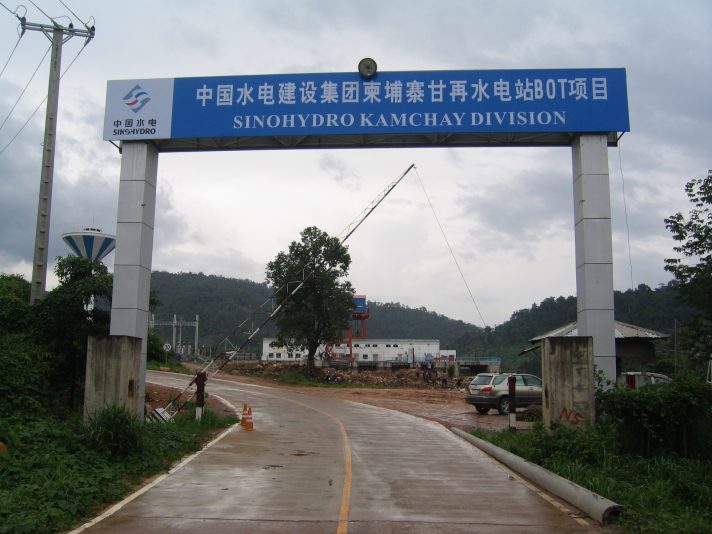Impacts of Infrastructure Development
Impacts of infrastructure development
Infrastructure development along the Lower Mekong continues to have social and environmental impacts. For instance, hydropower development in Cambodia, such as the Kamchay Dam developed by China’s Sinohydro Corporation, and Kirirom III developed by China’s China Electric Power Technology Import-Export Corporation, are costly, and can bring detrimental effects to local communities as a result of construction.1 As non-concessional PPP projects, they lack transparency. Furthermore, because Kamchay is being managed according to the Build-Operate-Transfer model, the Chinese builder Sinohydro will receive the majority of the revenue generated from the dam for 40 years, before it is transferred to Cambodian ownership to directly benefit Cambodia.

Kamchay Dam, a Chinese-financed hydropower project, is located near Kampot, Cambodia. Photo by Ken Marshall, Flickr. Licensed under CC BY 2.0.
Some investments in the LMCs have reflected an understanding of the impacts of infrastructure development. For example, the Thai Ministry of Natural Resources and Environment (MoNRE), Government of the People’s Republic of China and Mekong Institute (MI) signed a Memorandum of Understanding (MoU) on a China-Thai Project in October, 2018 aimed at promoting cooperation in hydropower as well as mitigating negative impact on environment brought by development of Mekong River.2 It is supported by the Lancang-Mekong Cooperation Special Fund. Other multilateral cooperation, such as the Mekong River Basin Water Utilization Project3, has also previously taken place along the Lower Mekong River.
Related Topics
References
- 1. Matthews, Nathanial. 2014. “Hydropower Development In The Mekong Region”. Accessed January 2, 2019.
- 2. Mekong Institute. 2018. “China-Thai Project Seeks To Strengthen Cooperation Mechanism On Water Power Projects“. Accessed January 2, 2019.
- 3. International Waters Learning Exchange and Resource Network. “Mekong River Basin Water Utilization Project“. Accessed January 2, 2019.

